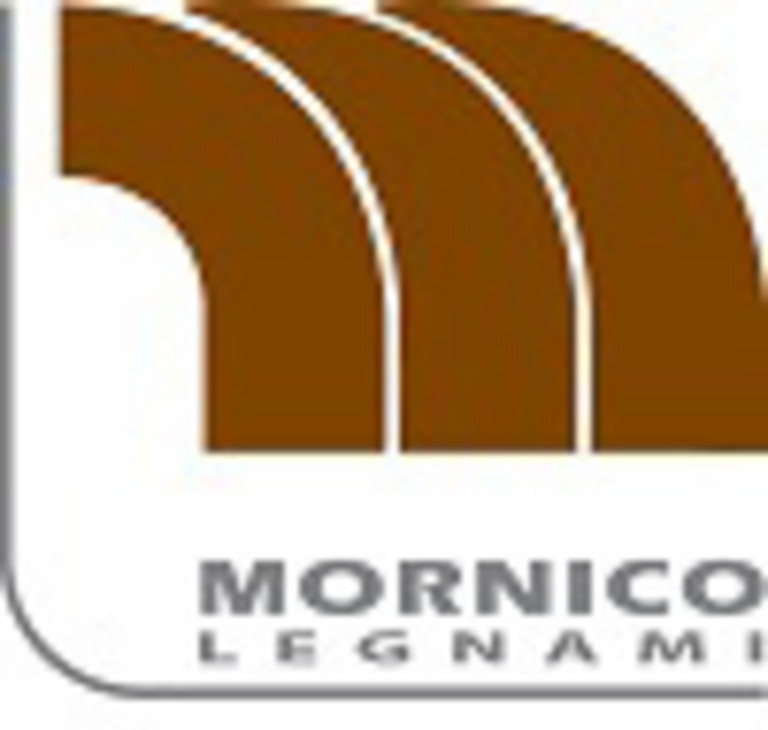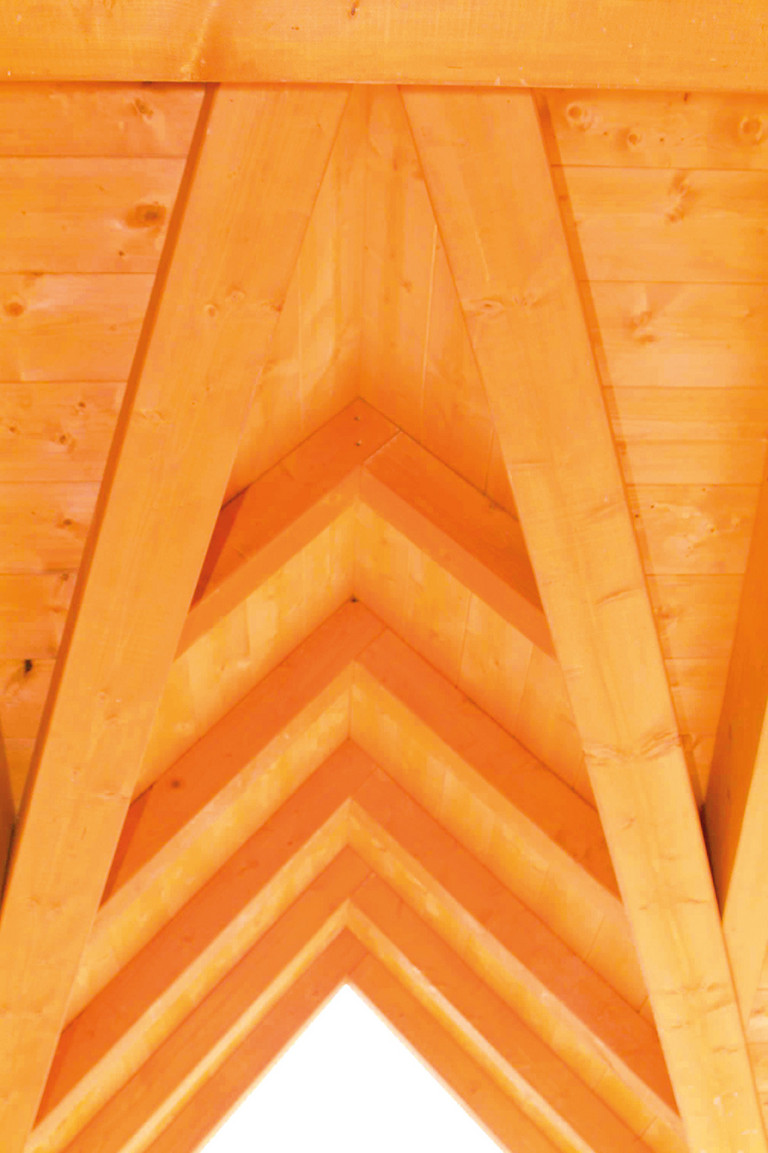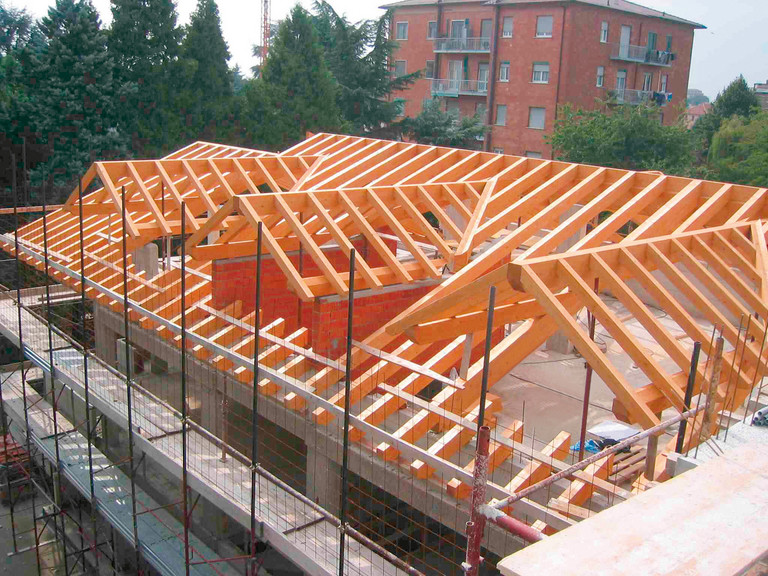The rooftops of Italy
Through the intelligent combination of modern machine technology, high-performance CNC and a clear and precise user interface, Mornico Legnami was able to cut machining time in half.
Turn-key roofs, from planning to production of the individual parts all the way to completion of the roof superstructure, are Mornico Legnami’s field of activity. The company based in Mornico Al Serio, a small town in the lowlands of Lombardy between Bergamo and Brescia, was started in 1989.
“We are active at a national level and are able to produce two medium-sized roofs per day,” explains Adriano Ricci, the owner of the company. “In order to achieve this, we had to optimise the planning process for the roofs. This process involves first dimensioning work and then structural analysis, in order to develop the various wooden elements from which the primary and secondary structures are assembled.
Then all the necessary data is transferred to the machines in production, so that the machining tools and their operating sequences can be selected without any interventions by the operating personnel. “The machine operator’s work is limited to set-up and machine guidance”, explains Davide Pagani, who is responsible for the planning and co-ordination of the company’s manufacturing activities.
The challenge
Nicola Sella, owner of Essetre, which specialises in the manufacture of machining centres for woodworking, explains: “The challenge was to integrate into the CNC control of the machine the intelligence necessary to implement the construction technologies designed for the individual parts.” In order to reduce the machining times, the number of implemented tools had to be optimised, one single indexing procedure had to be planned, and the parallel machining of symmetrical beam parts had to be made possible.
Essetre developed a machine with two bi-rotating heads, Techno PF. The system is divided into six different processes (groups), which can share axes and data with one another, and which can prepare the tools for the next machining step while the machine is operating. Being able to manage the thirteen axes and six work processes at the same time requires a great deal of computing power. The CNC control also had to function on a PC basis, so that a specific user interface could be developed. The Num Power 1080 proved to be the ideal solution to this difficult task.
The integration of a server in the CNC enables access to and display of the CNC data and locks, which facilitates operation and maintenance to a considerable degree. Complex geometries to be machined with five axles are realised with the Rotating Tool Centre Point RTCP, in which the CNC calculates the optimal machine path. Thanks to the structured programming and the dynamic operators, special geometric forms can also be realised.
Machining time: 50% less
“Using the new machine with the NUM control enabled our company to reduce the machining time for individual roof parts by fifty percent. The user-friendly, clear and precise user interface has made it much easier for machine operators to become familiar with the machine, and this allowed us to quickly integrate them into the manufacturing process”, concludes Davide Pagani.
(October 2006)


